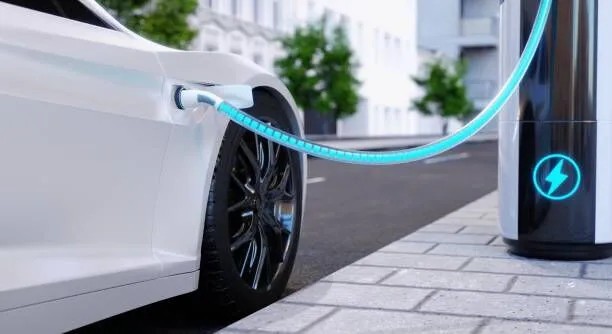Understanding DC Fast Charging: When and Why to Use It
Topper Company, a leading professional EV charger manufacturer in China, delivers dependable electric vehicle charging stations and comprehensive solutions.
As electric vehicles (EVs) continue to grow in popularity, the need for faster and more efficient charging options becomes more urgent. While Level 1 and Level 2 chargers are ideal for daily use, they aren’t always practical—especially during road trips or in time-sensitive situations. This is where DC fast charging stands out.
What is DC Fast Charging?
Unlike AC chargers that rely on the EV’s onboard converter, DC fast chargers deliver direct current (DC) power straight to the battery. This bypasses the vehicle's internal system, allowing for significantly faster charging times.
How It Works
DC fast chargers communicate with the vehicle to adjust power delivery based on battery capacity and charge level. Chargers range from 15 kW to 350 kW, with higher outputs delivering faster charge rates—if the vehicle supports it.
The Charging Curve: Fast charging is most effective between 20% and 80% state of charge (SOC). Charging beyond 80% slows considerably to protect battery health.
Charging Speed Estimates
Here’s how quickly various power levels can add range (estimates vary by vehicle):
- 50 kW – 145 miles/hour
- 150 kW – 434 miles/hour
- 250 kW – 723 miles/hour
- 350 kW – 1,012 miles/hour
Note: The actual speed depends on your EV’s maximum acceptance rate.
When to Use DC Fast Charging
1. Road Trips
Ideal for long-distance travel when quick turnaround is needed.
2. Emergencies
Useful when you need a fast top-up to reach your destination.
3. SOC Between 20–80%
Charging within this range ensures the most efficient energy transfer.
4. Avoid Charging Below 10% SOC
Frequent fast charging from very low battery levels can accelerate battery wear.
AC vs. DC Charging
FeatureAC ChargingDC Fast ChargingPower TypeAlternating CurrentDirect CurrentUse CaseHome/workplacePublic, long-distanceSpeedSlow to moderateVery fastPower ConversionIn-vehicleIn-station
What Affects DC Charging Performance?
- Battery Acceptance Rate: Limits how much power your vehicle can take in.
- Temperature: Extreme heat or cold reduces charging efficiency.
- SOC: Charging slows after 80% to protect the battery.
- Charger Limitations: Some stations share power among vehicles.
- Heat Generation: High-speed charging produces heat, which may slow charging to prevent overheating.
When DC Fast Charging May Not Be Ideal
- Frequent Use: Can stress the battery and shorten its lifespan.
- Higher Cost: Typically more expensive than AC charging.
- Limited Availability: Not as common in rural or remote areas.
Tips for Effective Use
- Plan Ahead: Use EV apps to find nearby fast chargers.
- Monitor Battery Health: Avoid relying on fast charging for daily use.
- Balance with AC Charging: Reserve DC fast charging for trips or emergencies.
- Know Your Vehicle’s Limits: Check your EV’s max charging rate.
The Future of DC Fast Charging
With advancements in 800V battery systems and solid-state technology, DC fast charging is becoming faster and more widespread. Public and private investments are expanding networks, with ultra-fast chargers (up to 500 kW) reducing charging times to under 15 minutes.
Conclusion
DC fast charging is a powerful tool for EV owners, enabling rapid recharging when time matters most. Understanding how and when to use it effectively ensures a better driving experience while preserving your battery’s long-term health. As technology evolves, DC fast charging will be central to the future of convenient and sustainable electric mobility. Know more about Google SEO Directory





Comments